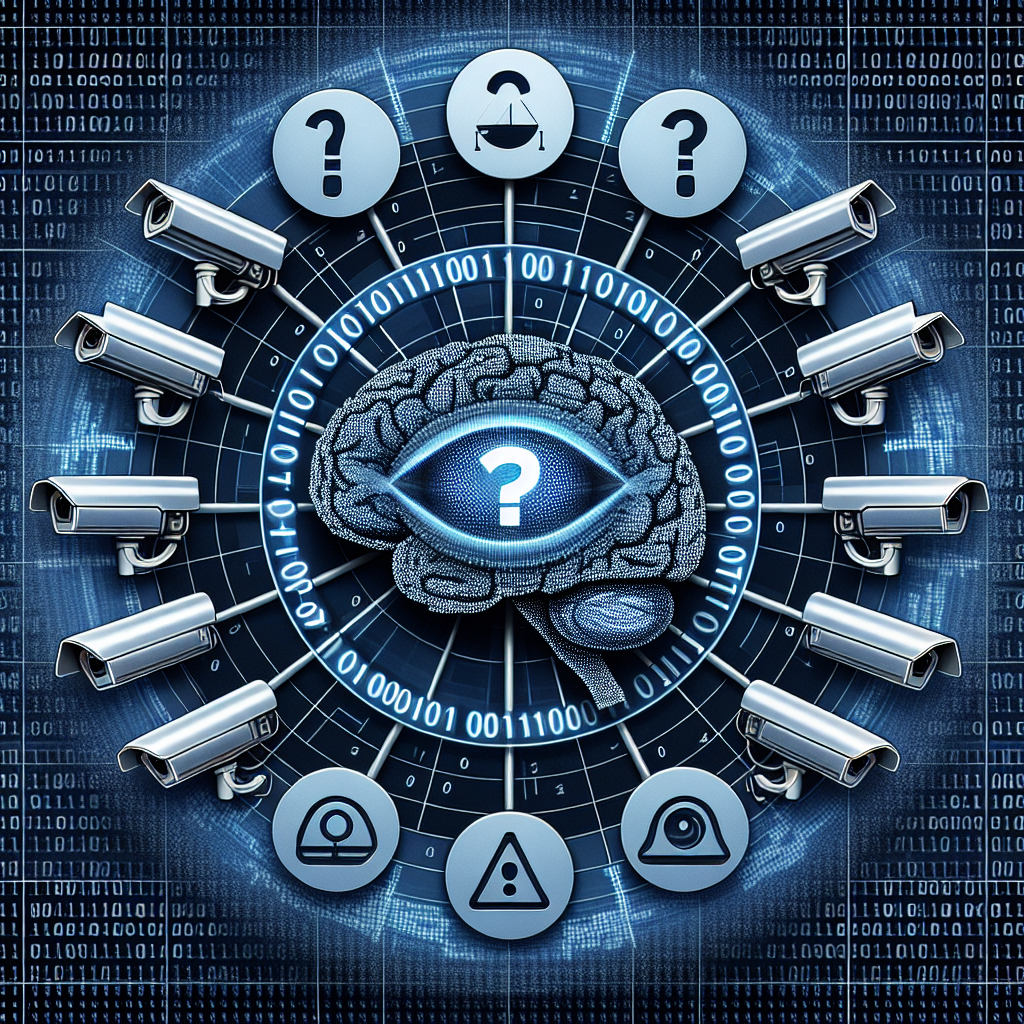The Ethics of AI-driven Video Surveillance
As technology continues to advance at a rapid pace, the use of artificial intelligence (AI) in video surveillance has become increasingly prevalent. AI-driven video surveillance systems are capable of analyzing massive amounts of data in real-time, allowing for more efficient monitoring and detection of potential threats. However, the use of AI in video surveillance raises important ethical considerations that must be carefully examined.
One of the main ethical issues surrounding AI-driven video surveillance is the potential for invasion of privacy. With the ability to track and analyze individuals’ movements and behaviors, AI-powered surveillance systems have the potential to infringe on people’s right to privacy. This is particularly concerning in public spaces, where individuals may not be aware that they are being monitored or may not have given their consent to be recorded.
Another ethical concern is the potential for bias in AI algorithms used in video surveillance. AI systems are only as good as the data they are trained on, and if the data used to train these systems is biased or incomplete, it can lead to discriminatory outcomes. For example, if an AI surveillance system is trained on data that disproportionately targets certain groups of people, it may lead to discriminatory profiling and surveillance practices.
Furthermore, there is a risk of misuse of AI-driven video surveillance systems by those in positions of power. Governments, law enforcement agencies, and private organizations could use AI surveillance systems to monitor and control populations, suppress dissent, or target specific groups of individuals. This raises concerns about the potential for abuse of power and violations of civil liberties.
Despite these ethical concerns, there are also potential benefits to using AI-driven video surveillance systems. These systems have the potential to improve public safety, enhance security measures, and help law enforcement agencies respond more effectively to threats. For example, AI-powered surveillance systems can quickly detect suspicious behavior, identify potential threats, and alert authorities in real-time.
In order to address the ethical considerations surrounding AI-driven video surveillance, it is important to establish clear guidelines and regulations for the use of these systems. This includes ensuring that individuals are informed when they are being monitored, obtaining consent when necessary, and implementing measures to prevent bias and discrimination in AI algorithms.
Additionally, transparency and accountability are crucial in ensuring that AI-driven video surveillance systems are used ethically. Organizations and government agencies that deploy these systems should be transparent about their use, data collection practices, and decision-making processes. They should also be held accountable for any misuse or violations of privacy that may occur.
In conclusion, the use of AI-driven video surveillance raises important ethical considerations that must be carefully addressed. While these systems have the potential to improve public safety and security, they also have the potential to infringe on individuals’ privacy, perpetuate bias, and be misused for unethical purposes. By establishing clear guidelines, ensuring transparency and accountability, and addressing potential biases, we can ensure that AI-driven video surveillance is used ethically and responsibly.
FAQs:
Q: Are AI-driven video surveillance systems legal?
A: The legality of AI-driven video surveillance systems varies depending on the country and jurisdiction. In many cases, these systems are legal as long as they comply with data protection laws, obtain consent when necessary, and do not infringe on individuals’ privacy rights.
Q: How can bias in AI algorithms be addressed in video surveillance?
A: Bias in AI algorithms can be addressed by ensuring that the data used to train these systems is diverse and representative of the population, implementing measures to prevent bias in decision-making processes, and regularly auditing and testing these systems for bias.
Q: What are some potential benefits of using AI-driven video surveillance systems?
A: Some potential benefits of using AI-driven video surveillance systems include improved public safety, enhanced security measures, and more efficient monitoring and detection of potential threats. These systems can also help law enforcement agencies respond more effectively to emergencies and criminal activities.
Q: How can individuals protect their privacy in the age of AI-driven video surveillance?
A: Individuals can protect their privacy in the age of AI-driven video surveillance by being aware of their surroundings, avoiding areas where they may be monitored, and advocating for stricter regulations and guidelines for the use of these systems. Additionally, individuals can use privacy-enhancing technologies such as encryption and VPNs to protect their data and communications.

